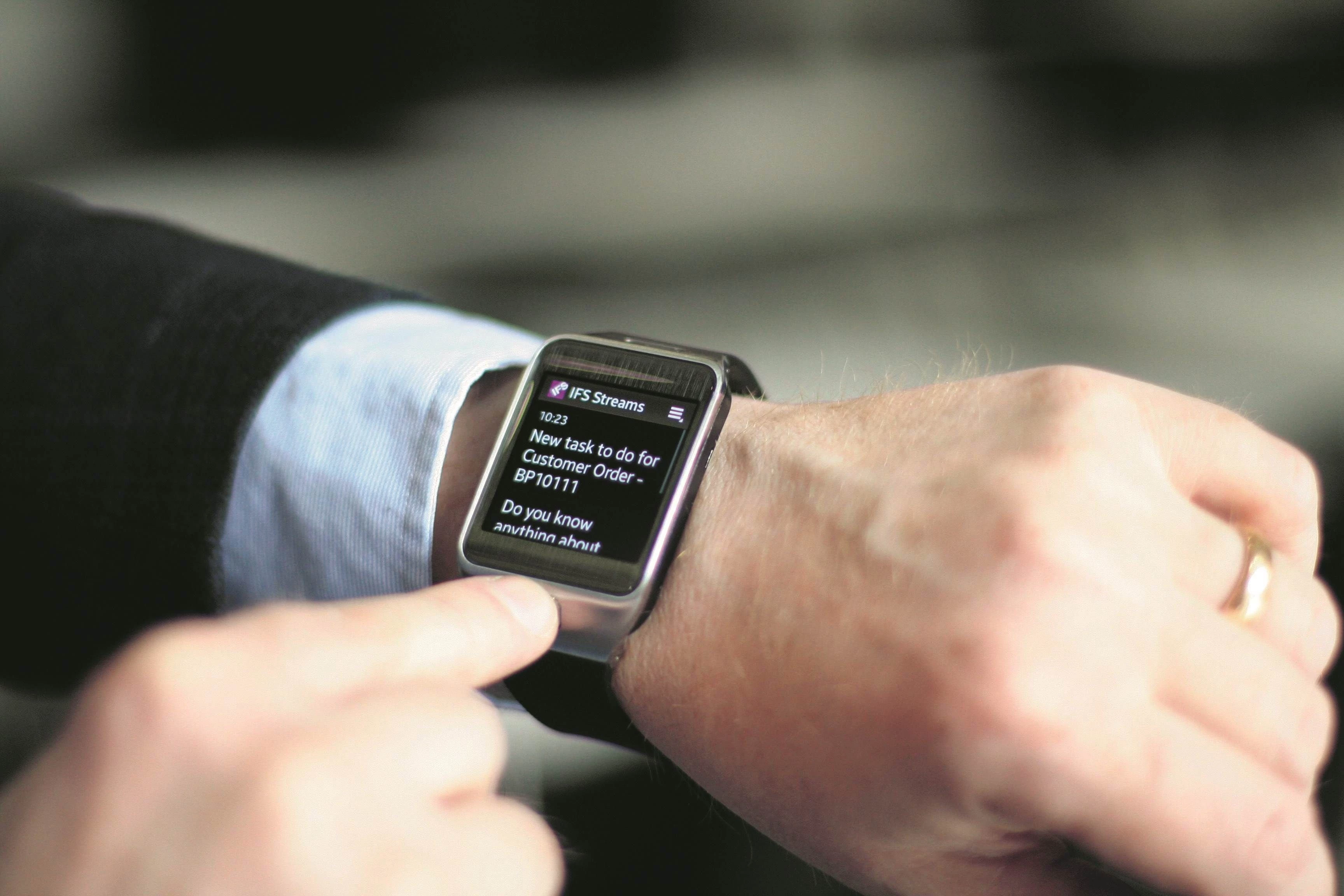
Partner Article
Why enterprise must embrace wearable tech
There’s no question that wearable devices will be the next widely adopted form of consumer technology. ‘Wearable tech’ was the talk of CES 2014, the global consumer electronics and consumer technology tradeshow in Las Vegas in January, and Gartner has predicted that the market will be worth $10 billion by 2016. Samsung has already released two ‘smart watches’, while Google Glass went on general sale for a short time last month.
Despite some fears that George Orwell’s predictions might finally be coming true (albeit 30 years late), there are a multitude of practical applications for wearable devices for consumers – from fitness trackers you wear on your wrist to automatic cameras that you clip to your breast pocket. But can the same be said for wearables in the work environment? There has been plenty of discussion as to how the enterprise might benefit from this new technology, though it has all been pure speculation.
But with consumer demand rapidly increasing – IDC says the number of wearable devices sold globally will top 19 million this year – it appears we are approaching a tipping point. Once widespread consumer adoption takes place, the enterprise is never far behind – whether it’s ready or not. Remember how quickly workforces around the world tossed aside those cumbersome Blackberry devices in favour of more consumer-friendly smartphones? The BYOD (bring your own device) trend that hit businesses in recent years was evidence enough that members of staff will take technology into their own hands if their employer isn’t providing what they want.
While not always immediately obvious, there’s also a whole host of applications for wearable tech in the workplace. I can imagine manufacturing and construction workers consulting information in the field on a smart watch, or even a mechanic seeing vehicle diagnostics through augmented reality (AR) glasses. And wearable tech isn’t just for manual workers – smartphones are getting bigger and bigger, to the point where it’s not really appropriate to be taking it out to check emails and appointments in a meeting. Instead, imagine being able to discreetly look to your wrist for all the information you need.
These scenarios are realistic and, perhaps most significantly, would not require a complete overhaul of companies’ IT infrastructure – the most successful devices will be those that are simply new interfaces harnessing the power of the smartphones and tablets that most of us already carry in our pockets. This means the barriers to entry are few and far between – yes there’s a lack of apps for these devices, especially business apps, but these are being developed.
Over the next few years, wearable technology will reinvent the working day across many different industries – from nurses to office workers to deep sea oil rig engineers. Smart watches, AR glasses and even smart contact lenses will save time and increase productivity, results that will be reflected in the bottom line of enterprises that choose to embrace this new technology.
This was posted in Bdaily's Members' News section by David Andersson .








 How to make your growth strategy deliver in 2026
How to make your growth strategy deliver in 2026
 Powering a new wave of regional screen indies
Powering a new wave of regional screen indies
 A new year and a new outlook for property scene
A new year and a new outlook for property scene
 Zero per cent - but maximum brand exposure
Zero per cent - but maximum brand exposure
 We don’t talk about money stress enough
We don’t talk about money stress enough
 A year of resilience, growth and collaboration
A year of resilience, growth and collaboration
 Apprenticeships: Lower standards risk safety
Apprenticeships: Lower standards risk safety
 Keeping it reel: Creating video in an authenticity era
Keeping it reel: Creating video in an authenticity era
 Budget: Creating a more vibrant market economy
Budget: Creating a more vibrant market economy
 Celebrating excellence and community support
Celebrating excellence and community support
 The value of nurturing homegrown innovation
The value of nurturing homegrown innovation
 A dynamic, fair and innovative economy
A dynamic, fair and innovative economy